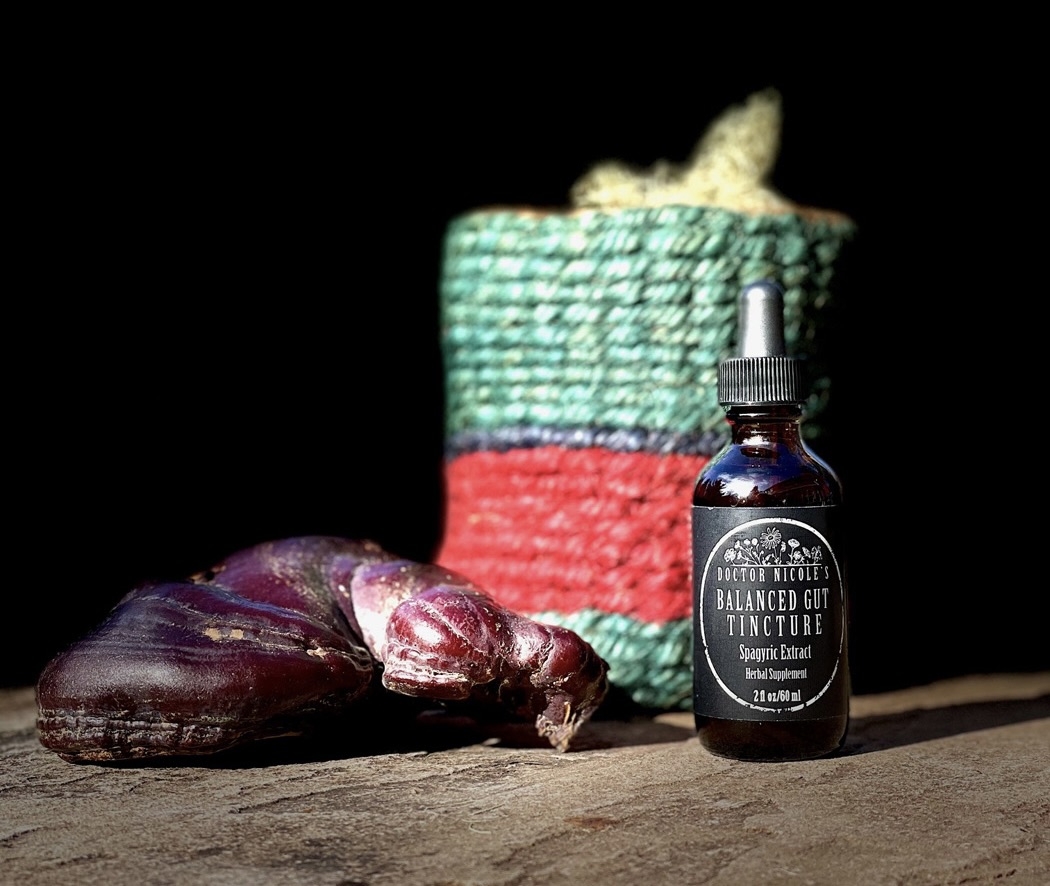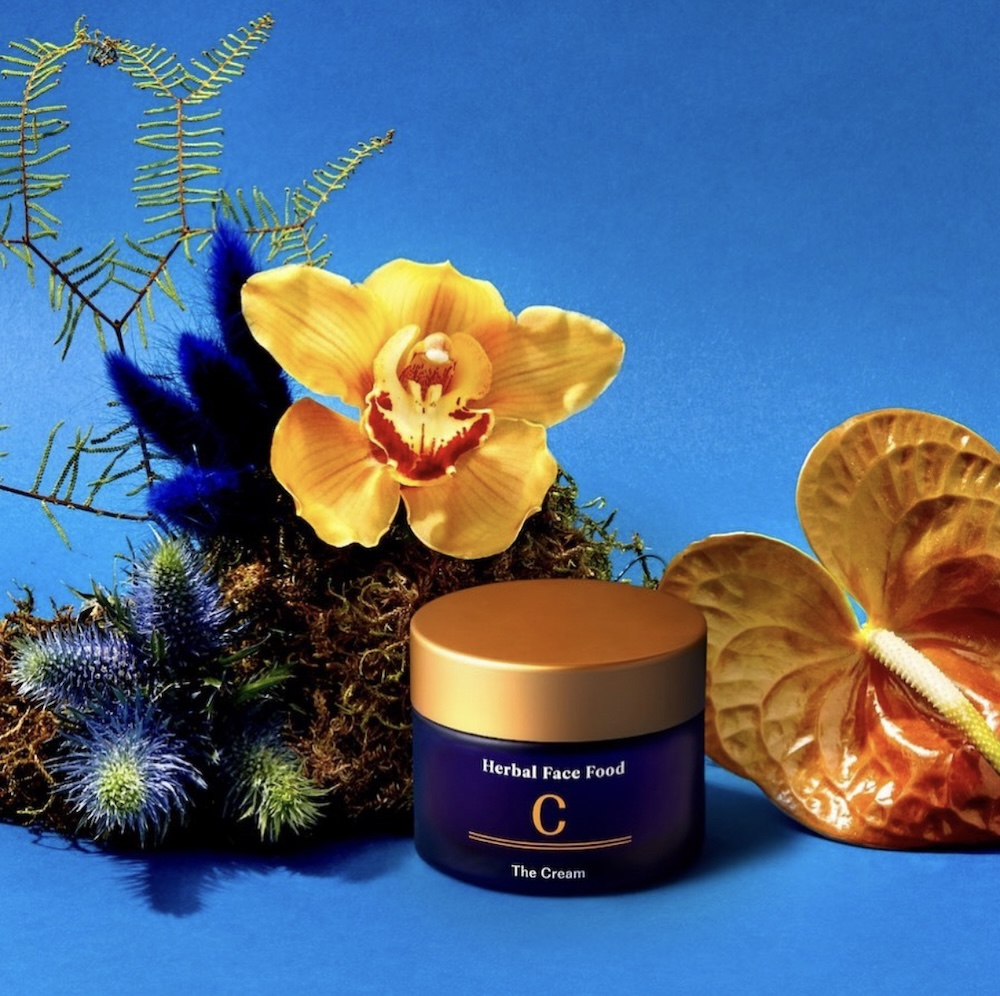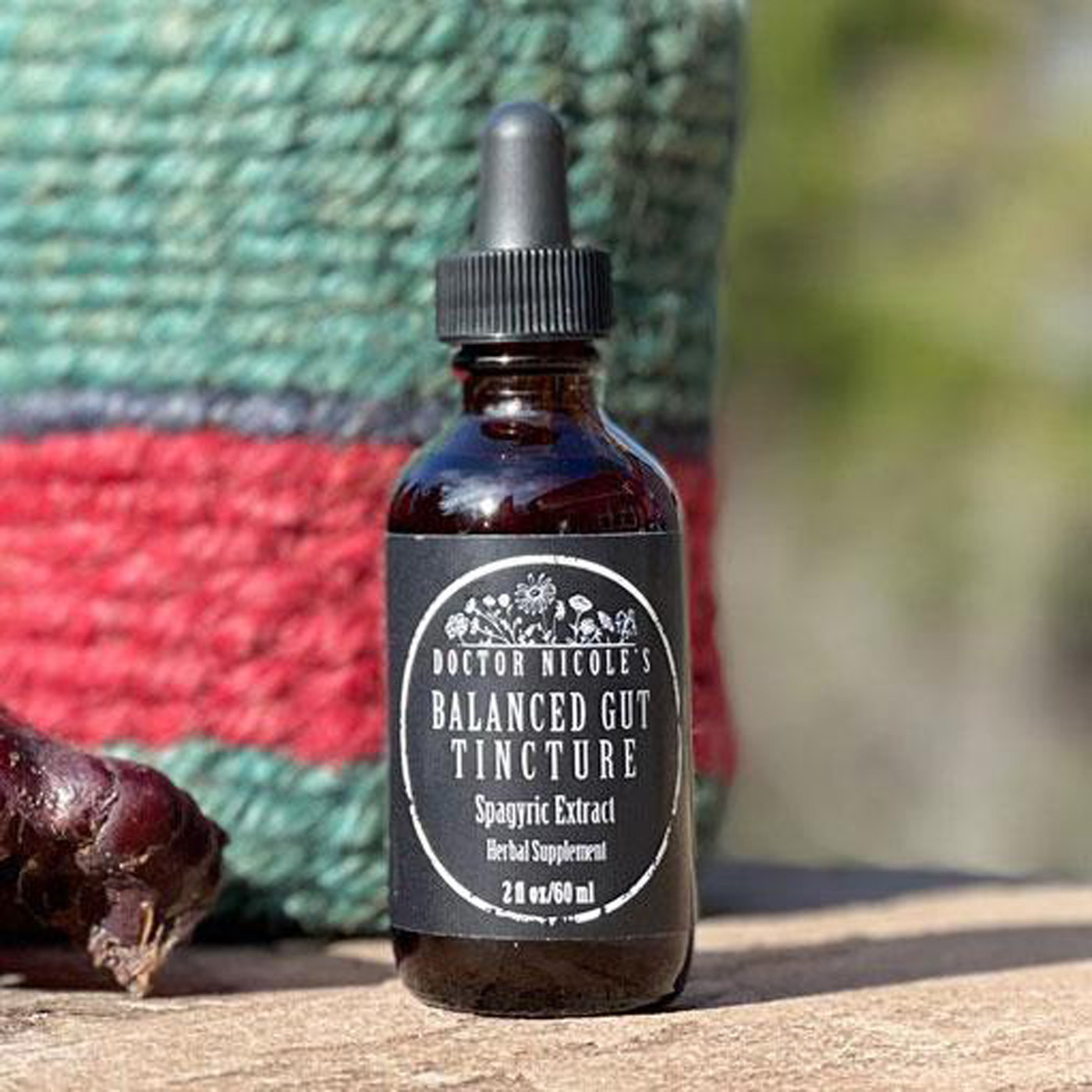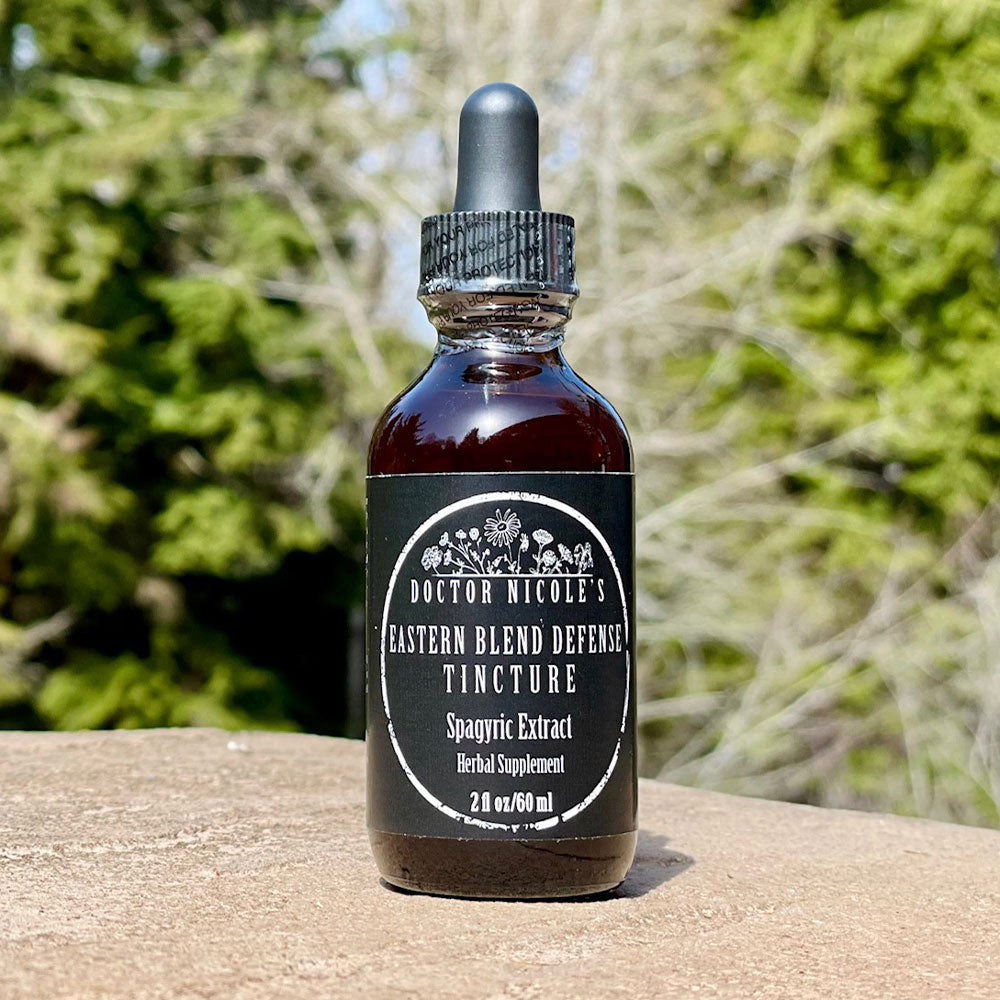Get the Glow — Naturally
When we are ill, one of the first telltale signs is that our skin tends to be pale and doesn’t have its typical flush of health. The same goes for if we are eating a not-so-great diet of processed foods, sugar, sweetened drinks, and alcohol. Smoking will also promote rapid aging, lack of elasticity, and yellow pallor — much of this is because the habit promotes free radicals in the body. Pollution, heavy metals, dehydration, and eating a non-organic diet also contribute to less-than-ideal skin.
On the flip side, if we consume a whole food diet that includes abundant antioxidant-rich fruits and vegetables, along with plenty of calcium, zinc, magnesium, and copper, our skin will have a rosy, ageless glow. Of course, gut health is important so that we can absorb and utilize these nutrients fully.
In this post we will explore several key areas that help to promote healthy skin to keep you looking young and vibrant. Let’s begin!
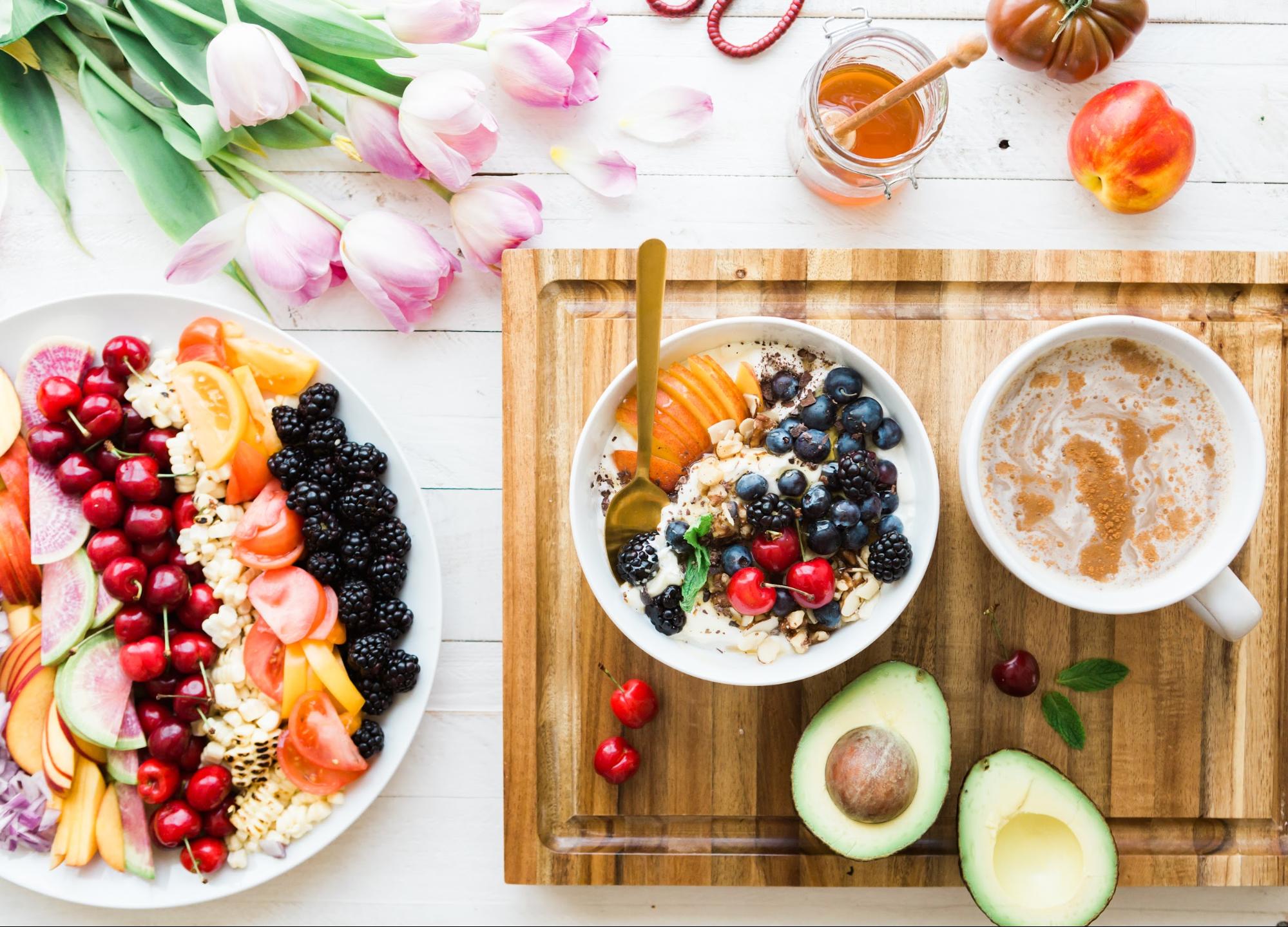
Beauty on Plate: Top Foods for Radiance
While some seem to be born with flawless skin, many of us need to put in more effort. Regardless of which group you fall into, it is always a good idea to eat as many antioxidant-rich whole foods as possible to maintain overall health. Having said that, it is particularly important for those who wish to age well — including maintaining smooth, firm, and healthy skin. Here are the top foods that can help you to achieve this goal:
Leafy Greens — Brimming with gut-friendly fiber, antioxidants, and skin-supporting minerals such as calcium and magnesium, leafy greens are one of the best foods you can eat for skin health.9,10 Examples include arugula, Swiss chard, collards, spinach, kale, watercress, and wild greens (learn more about this last category in The Forager’s Guide to Wild Foods). Try to eat at least one serving a day raw as a salad — your skin will thank you for it!
Berries — Think of berries as little bundles of antioxidants that your skin and body crave. They are jammed packed with crucial nutrients that support the glow..11 Focus on wild blueberry, açaí, camu, huckleberry, blackberry, strawberry, and aronia berry. Since berry crops can be rife with pesticides, try to source organic whenever possible.
Fruit — A good source of fiber and nutrients that support both skin and gut health, fruit is an outstanding choice for promoting vibrancy. Some types also help to address inflammation, such as pineapple and papaya — just make sure your papaya is organic to avoid GMOs. Other good choices include mango, pomegranate, cherries, and purple and red grapes with seeds (these are an excellent source of resveratrol — more on this later).2 Avocados are also an outstanding source of skin-supporting vitamins C and E, as well as healthy fats that help to keep skin elastic and moisturized.6
Brightly Colored Vegetables — While almost every vegetable is beneficial in one way or another for health, brightly colored varieties are exceedingly so. Why? They pack the most punch with antioxidants and vitamins that support healthy skin. A case in point is vitamin A found in carrots, spinach, sweet potatoes, pumpkin, and other winter squash. This important nutrient helps to protect your skin from the UV damage that leads to saggy, wrinkled skin as well as skin cancer.1
Red and yellow bell peppers are also an excellent source of vitamin A, along with vitamin C — which helps to prevent and ease wrinkles. Broccoli is brimming with zinc, vitamins A and C, as well as lutein — a nutrient that protects your skin from oxidative damage. Interestingly, it also contains a compound that encourages collagen production and protects skin against UV damage.5 Tomatoes are a fantastic source of vitamin C, lutein, and lycopene — all of which fortify your skin against sun damage and wrinkles. Beets are beneficial for a different reason — gut health. When you consume beets, it helps to support the production of butyrate, a compound that is essential for a thriving microbiome.
Nuts — Walnuts are particularly helpful for supporting beautiful skin as they contain essential fatty acids, vitamin E, selenium, and zinc to keep your skin healthy, hydrated, and protected. What’s more, walnuts are anti-inflammatory and may help to reduce eczema and psoriasis flares.7,8
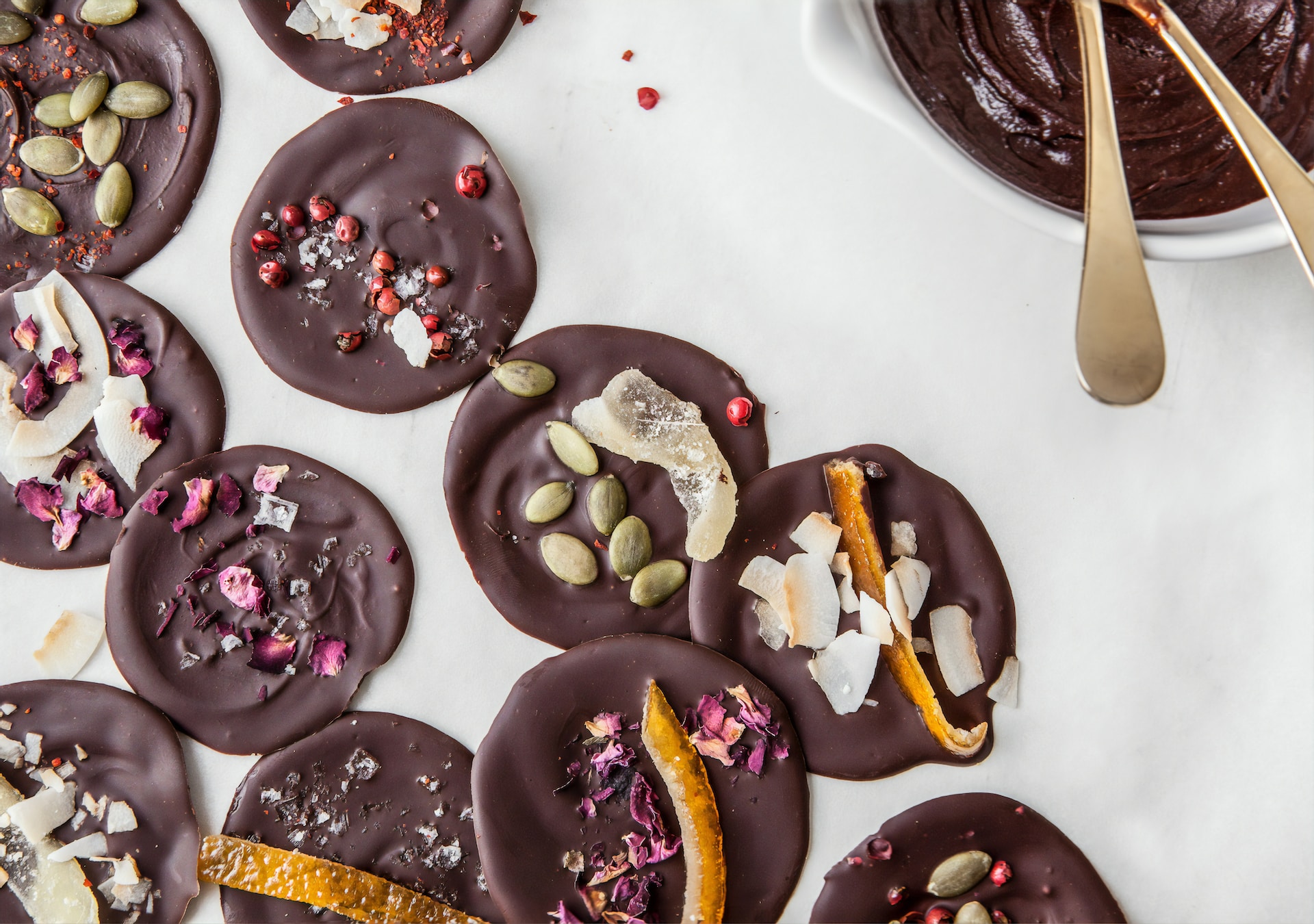
Dark Chocolate — Several studies have shown that consuming 20 grams of chocolate with at least 70% cocoa content helped to produce thicker, more hydrated skin that was less sensitive to sunburn and had better blood circulation.3,4 The high antioxidant profile of dark chocolate also allowed participants to withstand over twice as much UV radiation before becoming sunburned, in contrast to those who consumed lower antioxidant chocolate.
Cultured and Fermented Foods — Let’s face it, you can eat the most nutrient-dense and clean diet out there, but if you have absorption issues in the gut, it will be difficult to utilize them. This is where cultured and fermented foods come in. These traditional foods are brimming with active cultures and beneficial bacteria that support gut health and the microbiome. Good examples include sauerkraut, kimchi, miso, unsweetened yogurt, kefir, kombucha, and tempeh.
Now that we have diet covered, we’ll move onto another crucial aspect of cultivating beautiful skin from the inside out: herbs.
Plant-Based Remedies for Radiant Skin
Resveratrol
A bioactive compound found in grapeseed and Japanese knotweed, resveratrol is outstanding for protecting and supporting the skin due to its antioxidant profile. It helps to speed wound healing, scarring, and photo-aging. The compound is also anti-inflammatory and guards against UV damage.12 It is one of several high-potency herbs found in my Eastern Blend.
Culinary Herbs
Oregano, rosemary, thyme, sage, and basil are a few examples of culinary herbs that pack an impressive antioxidant punch. Not only do these delicious plants help to protect against disease, but they also encourage beautiful skin. Include them often tossed into salads, soups, and other dishes. Try to use fresh herbs whenever possible for the most benefit.
Balanced Gut Blend
As we have seen, gut health is an important factor as to whether we have glowing skin — or not. This is where my Balanced Gut Blend comes in. I specifically formulated it with science-backed herbs that help to heal leaky gut, reduce inflammation, and promote a thriving microbiome to improve absorption of nutrients and support overall health.
BEST EVER FOR LEAKY GUT
“I’ve been using your gut tincture after being on a ton of other supplements for leaky gut since January. I can’t believe the difference your herbs have made!!!!!! And the price is so much more affordable than all the other stuff I bought.” -Kelly G.
Stop by my apothecary today and learn more about this foundational blend!
My Favorite All-Natural Face Cream & Serum
Seeking additional support for your skin? Herbal Face Food is my go-to cream and serum to prevent and reverse the signs of aging.
Packed with antioxidants and phytochemicals that are sourced entirely from nature, Herbal Face Food is the brand that I turn to every day. It is the most potent and concentrated anti-aging product on the market — all without fillers or chemicals. The serum and cream are antiviral, anti-aging, antibacterial, anti-fungal, and anti-inflammatory. Additionally, they are GMO-free, vegan, and ethically sourced.
Having used both for the past year, I can confirm these products work! To begin, I started with The Serum I and The Cream. The serum contains 25 powerful botanicals that are renowned for their healing, anti-aging properties, while the cream is packed with 102 of the world’s most potent plant-based extracts. I’ve recently added their eye cream to my daily routine.
If you would like to give Herbal Face Food a try, my readers will receive a generous 30% discount by using the code: NicoleA30 at checkout. I hope that you will love these products as much as I do! Do note that they last a very long time.
Interested in the first post of this series? See: “The Secret to Beautiful Skin: Face Yoga“.
Next up: Why exercise and sleep are crucial for ageless, glowing skin.
Nicole Apelian
Nicole’s Apothecary Products in this Post
References
- Stahl, W., & Sies, H. (2007). Carotenoids and flavonoids contribute to nutritional protection against skin damage from sunlight. Molecular biotechnology, 37(1), 26–30. https://doi.org/10.1007/s12033-007-0051-z
- Lorencini, M., Brohem, C. A., Dieamant, G. C., Zanchin, N. I., & Maibach, H. I. (2014). Active ingredients against human epidermal aging. Ageing research reviews, 15, 100–115. https://doi.org/10.1016/j.arr.2014.03.002
- Heinrich, U., Neukam, K., Tronnier, H., Sies, H., & Stahl, W. (2006). Long-term ingestion of high flavanol cocoa provides photoprotection against UV-induced erythema and improves skin condition in women. The Journal of nutrition, 136(6), 1565–1569. https://doi.org/10.1093/jn/136.6.1565
- Scapagnini, G., Davinelli, S., Di Renzo, L., De Lorenzo, A., Olarte, H. H., Micali, G., Cicero, A. F., & Gonzalez, S. (2014). Cocoa bioactive compounds: significance and potential for the maintenance of skin health. Nutrients, 6(8), 3202–3213. https://doi.org/10.3390/nu6083202
- Sikdar, S., Papadopoulou, M., & Dubois, J. (2016). What do we know about sulforaphane protection against photoaging?. Journal of cosmetic dermatology, 15(1), 72–77. https://doi.org/10.1111/jocd.12176
- Nagata, C., Nakamura, K., Wada, K., Oba, S., Hayashi, M., Takeda, N., & Yasuda, K. (2010). Association of dietary fat, vegetables and antioxidant micronutrients with skin ageing in Japanese women. The British journal of nutrition, 103(10), 1493–1498. https://doi.org/10.1017/S0007114509993461
- Kaur, N., Chugh, V., & Gupta, A. K. (2014). Essential fatty acids as functional components of foods- a review. Journal of food science and technology, 51(10), 2289–2303. https://doi.org/10.1007/s13197-012-0677-0
- Lamore, S. D., & Wondrak, G. T. (2011). Zinc pyrithione impairs zinc homeostasis and upregulates stress response gene expression in reconstructed human epidermis. Biometals : an international journal on the role of metal ions in biology, biochemistry, and medicine, 24(5), 875–890. https://doi.org/10.1007/s10534-011-9441-6
- Pham-Huy, L. A., He, H., & Pham-Huy, C. (2008). Free radicals, antioxidants in disease and health. International journal of biomedical science : IJBS, 4(2), 89–96.
- Cavaiuolo, M., & Ferrante, A. (2014). Nitrates and glucosinolates as strong determinants of the nutritional quality in rocket leafy salads. Nutrients, 6(4), 1519–1538. https://doi.org/10.3390/nu6041519
- Piazza, S., Fumagalli, M., Khalilpour, S., Martinelli, G., Magnavacca, A., Dell’Agli, M., & Sangiovanni, E. (2020). A Review of the Potential Benefits of Plants Producing Berries in Skin Disorders. Antioxidants (Basel, Switzerland), 9(6), 542. https://doi.org/10.3390/antiox9060542
- Hecker, A., Schellnegger, M., Hofmann, E., Luze, H., Nischwitz, S. P., Kamolz, L. P., & Kotzbeck, P. (2022). The impact of resveratrol on skin wound healing, scarring, and aging. International wound journal, 19(1), 9–28. https://doi.org/10.1111/iwj.13601


